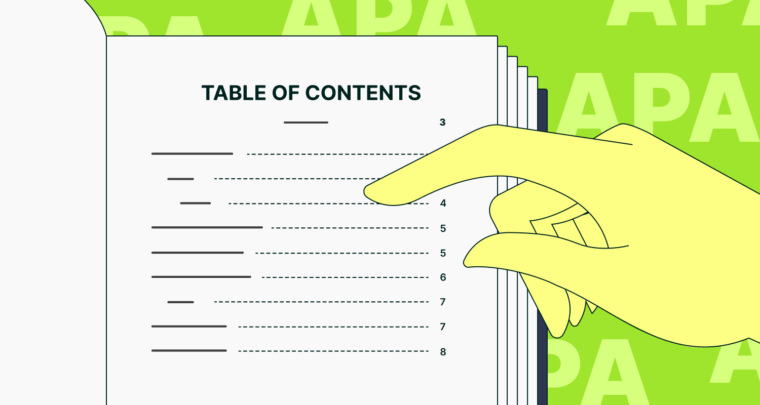Citing a movie in MLA format is a bit different from citing a movie in APA or Chicago style. The 9th edition of the MLA style guide (the most recent) has a few unique guidelines compared to APA and Chicago (such as putting the title first instead of the director). We explain everything here so you can cite movies in MLA format with confidence.
Movie citations in MLA format require the standard information for films: the title, publishing company, and year of release. These citation guidelines are crucial if you’re figuring out how to write a research paper or how to write a report.
However, citations for movies in MLA format also include other contributors besides the director. It’s not necessary to add them, but it’s recommended if they’re relevant to the topic of your paper; for example, if your topic is a specific actor or your subject appears in an interview within a documentary, you’ll want to include them in the citation.
Citing a film in MLA? Use this formula:
Movie title.
This formula applies to movies whether they are primary or secondary sources. When you apply the basic formula, without additional contributors, to citations on your works cited (or bibliography) page, it should look like this:
Pollock
In-text citations use only the movie title and the starting and ending time stamps for the relevant portion of the movie, like so:
(Movie title hour:minute:second–hour:minute:second)
You don’t need to include the entire title for in-text citations, only enough to differentiate it from other sources. In practice, it should look like this:
(Pollock 1:25:45–1:26:50)
The time stamps are especially important when citing movies in MLA format. When reviewing your source films, write down the time stamps of excerpts you plan to use so you can include them in your essay outline.
That’s the basic formula for most movie citations in MLA format. However, there are slight variations if you want to emphasize a particular contributor, if you’re using an alternative version of the film, or if you watched the movie on a streaming site. We explain how to cite movies in MLA format with those particulars below.
How to cite a movie in MLA format with emphasis on other contributors
One of the advantages of using the MLA format to cite movies is that it allows for special emphasis on certain contributors. For example, let’s say you’re writing a paper on film composers; in MLA format, you can cite the source using the name of the composer instead of the director. The same rule can be applied to actors, writers, cinematographers, or anyone else who worked on the film.
There are two ways to cite movies in MLA format with extra contributors. One is to simply mention them after the director in the citation on the works cited page. The other is to mention them as the main reference source.
Method 1: Mentioning after the director
When mentioning other contributors in the works cited page, use the same format as “Directed by . . . ,” but modify it to their particular role. So, if you want to mention actors, you can write “performances by. . . ,” or if you want to mention the writer, you can write “screenplay by . . . .” Feel free to mention whatever contributors you like, as long as they’re relevant to your topic.
Avatar
In this method, the in-text citation remains the same, with the title as the main source.
Method 2: Mentioning as the main reference source
The second method lists a contributor other than the director as the main source. This method works best if your topic is a certain person or aspect of the film, rather than the entire film itself.
For the works cited page, use this formula:
Last name, First name of contributor, job title.
Let’s say you’re writing a paper on the best James Bond actors. It would be beneficial to use this format for citations so that readers know which Bond actor you’re referring to, like so:
Connery, Sean, performer.
In-text citations use the last name of the contributor instead of the film title, followed by the time-stamp range.
(Connery 0:12:34–0:14:01)
How to cite a movie in MLA format using an alternative version
If you’re using an alternative version of the film, such as a director’s cut, mention the version after the contributors and before the production company for the works cited page. You do not need to mention the version in the in-text citation.
Movie title.
Lord of the Rings: The Fellowship of the Rings
Notice how multiple production companies are separated by a forward slash.
How to cite a movie in MLA format from a streaming site
If you watched the movie on an official streaming website, it’s best to mention which one because different sites sometimes use different versions. Simply put the name of the website in italics at the end of the citation on your works cited page. You don’t need to include the URL.
The Big Short
However, if you watched the movie on an informal video-sharing platform, such as YouTube, you have to mention the uploader, date uploaded, and URL. Use this formula:
Movie title.
In this case, your citation should look like this:
Nosferatu
Note: When citing videos on social media sites like YouTube, there are different guidelines for citing full movies than for citing clips or original content from creators. In the case of the latter, you’ll want to follow guidelines for how to cite a website in MLA.
How to cite a documentary in MLA format
Knowing how to cite a documentary in MLA format is fairly important, considering that documentaries are a common source in academic writing. Luckily, documentaries follow the same formula as other movies. This includes the opportunity to emphasize particular contributors, which comes in handy if you want to highlight a specific interview within the film.
Citizenfour





